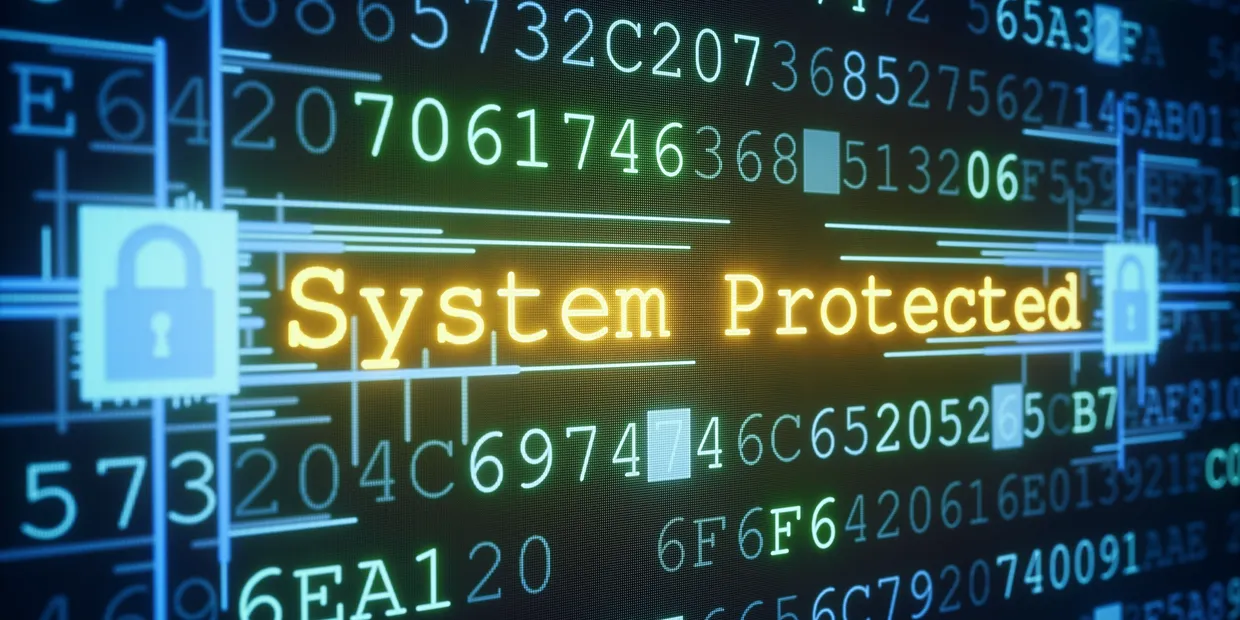In a world where internet security and privacy are constantly under threat, cryptography has emerged as the key to unlocking new possibilities in cybersecurity. From protecting personal information to safeguarding national secrets, cryptography plays a crucial role in keeping our digital lives secure. But what exactly is cryptography and how can it be used effectively? In this blog post, we explore the fascinating world of cryptography and its ability to revolutionize the way we approach online security. Join us on an exciting journey that reveals why /h3xqzgxoc5q may hold the key to unlocking new possibilities in this critical field!
What is cryptography?
Cryptography is the practice of secure communication in the presence of third parties. Cryptography can be used to protect information from unauthorized access, and to ensure the privacy of communications between two or more users. Cryptography can also be used to create digital signatures and to verify the integrity of data.
Cryptography is a complex subject, and there are a number of different methods for encrypting data. One popular method is called symmetric-key cryptography, which uses the same key to encrypt and decrypt data. asymmetric-key cryptography uses two different keys, one for encryption and one for decryption.
Cryptographic algorithms use mathematical formulas to transform plaintext into ciphertext, and then back again. The process is often repeated multiple times, with each transformation yielding a new set of ciphertexts that are harder to decipher than the previous set. This process is known as encryption.
The final step in cryptology is decoding: retrieving the original text from the encrypted form. Decryption can be done using either a symmetric algorithm or an asymmetric algorithm, depending on which type of key was used in encryption. Once decryption is complete, it’s possible to reconstruct the original message by reversing the operations performed during encryption.
How does cryptography work?
Cryptography is the practice of secure communication in the presence of third parties. It uses mathematical algorithms to encode and decode messages. Most cryptography is used for data security, but it can also be used for authentication and other purposes. Cryptography is one of the most important areas of cybersecurity.
Cryptography is based on two principles: secrecy and integrity. Secrecy means that the information cannot be read by unauthorized people. Integrity means that the information cannot be changed without being detected.
Cryptography uses a series of codes called keys to encrypt and decrypt messages. The key is a unique word or number that is used to encrypt or decrypt the message. The codebook contains all the keys, and the sender and receiver must know the codebook to decrypt the message.
Cryptography works by transforming plaintext into ciphertext using a secret key, then transforming ciphertext back into plaintext using the same key. Anyone trying to decipher a message encrypted with a given key would need to know both the plaintext and the corresponding ciphertext.
There are several types of cryptography: symmetric-key cryptography, which uses a single key to encrypt and decrypt messages; public-key cryptography, which uses two keys: one public, which anyone can see, and one private, which only the sender and receiver know; and digital signatures, which use encryption techniques to create an electronic fingerprint that can be verified as belonging to a particular person or group of people.
Cryptography basics
Cryptography is the practice of secure communication in the presence of third parties. It is a method of protecting information by transforming it into an unreadable form. The most common form of cryptography is encryption, which turns readable data into an unreadable format. Encryption can be used to protect data from being accessed by unauthorized individuals or groups, and it can also be used to ensure that data remains confidential even if it is intercepted while in transit.
Cryptography also has applications in cyber security. Cyber security involves protecting computer networks and systems from unauthorized access, damage, or destruction. Cryptography is essential for ensuring the security of online transactions and the privacy of user information. Cryptographic methods can also be used to protect against reverse engineering and other forms of attack.
In this article, we will explore some basic concepts related to cryptography. We will look at the history of cryptography and discuss some of the most common cryptographic algorithms. We will also explore ways in which cryptography can be used to protect information online and protect against cyber attacks.
How do cyberattacks work?
Cyberattacks work by exploiting vulnerabilities in computer systems or networks. Cyber attackers can use these vulnerabilities to gain access to information or to disrupt the workings of a computer system. They can also use cyberattacks to spread malware, which is a type of malicious software. Malware can be used to steal information or to attack other computers.
How can cryptography help me secure my data?
Cryptography is a technique used to secure data. It can be used to protect information from being accessed by unauthorized individuals. Cryptography can also be used to ensure the privacy of data. Cryptography can also be used to create tamper-proof records.
